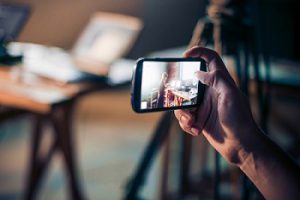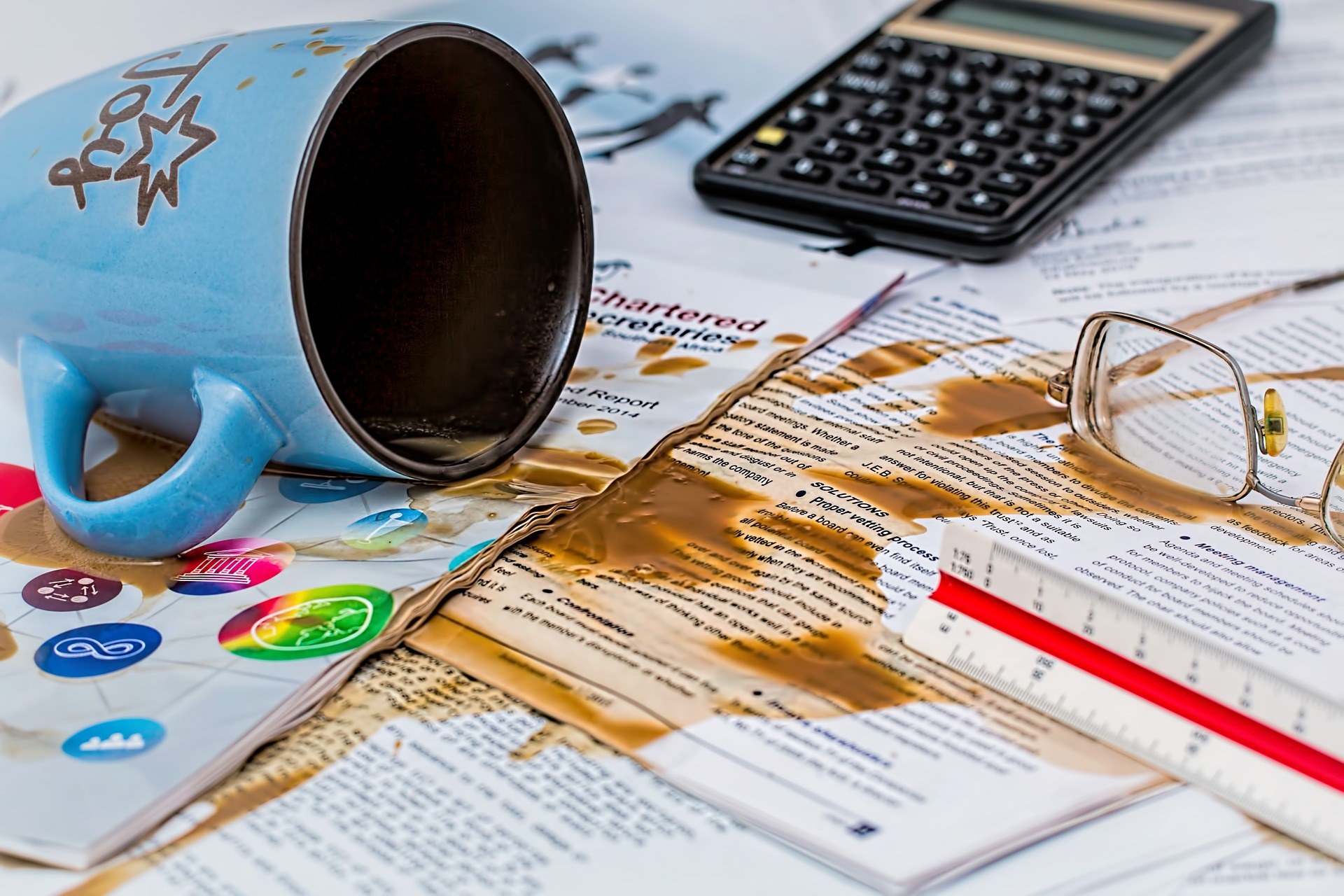For learning professionals, filming poor-quality shots is one of the biggest wastes of time. Your footage might be underexposed, have too much headroom, or just not work well with the other shots. While you can fix a lot of mistakes with your editing software, correcting video is time-consuming. Instead, you’re better off getting your video right in the first place.
If you are using a smartphone, tablet, or small flip-style camera, you will most likely be limited to working with auto functions. That means no direct control over white balance, exposure, focus, or audio levels. However, there are some techniques that can help you minimize these limitations.
Hold the Phone Correctly
Before we discuss ways of getting around auto functions, a quick comment on aspect ratio. Make sure you hold your phone so your video is captured at an aspect ratio of 16:9. Aspect ratio refers to the dimensions of the vertical and horizontal sides of the frame. In practice, it is most commonly used to tell you whether your video is widescreen or not. 16:9 is widescreen and 4:3 is traditional video.
FIGURE 1. A LANDSCAPE SHOT

Check your phone to be sure you are holding it correctly. When you look at the aspect ratio, you want the longer side to be horizontal. In photography terms, you are aiming for the picture to be shot in landscape (see Figure 1). If the horizontal line is not longer, such as with portrait shots (see Figure 2), you will have sidebars on the final video, which is distracting.
FIGURE 2. A PORTRAIT SHOT

The only exception to this is when you are shooting video for social media sites that require the video to be in portrait. However, most learning management systems and video sites like YouTube and Vimeo will require a 16:9 aspect ratio.
Stabilize the Device
Just as you need to stabilize a standard camera, you also need to stabilize a phone or tablet when you shoot video. If you don’t have a stand for your phone, hold the device with both hands to reduce the wobble.
Don’t Use the Zoom Function
Most smartphone cameras do not have optical zoom lenses; they use digital zoom. Digital zoom leads to a more pixelated image with less detail. To get clear close-ups, ditch the digital zoom and then physically move your camera close to the person or object.
Use an External Microphone
Phone microphones have improved in quality but an external microphone will still make your video sound more professional. If you are unable to access an external microphone, physically move your device closer to the person so she is nearer the microphone. Without an external microphone, you should really only have close-ups when people are speaking; any further away and the quality will degrade dramatically.




